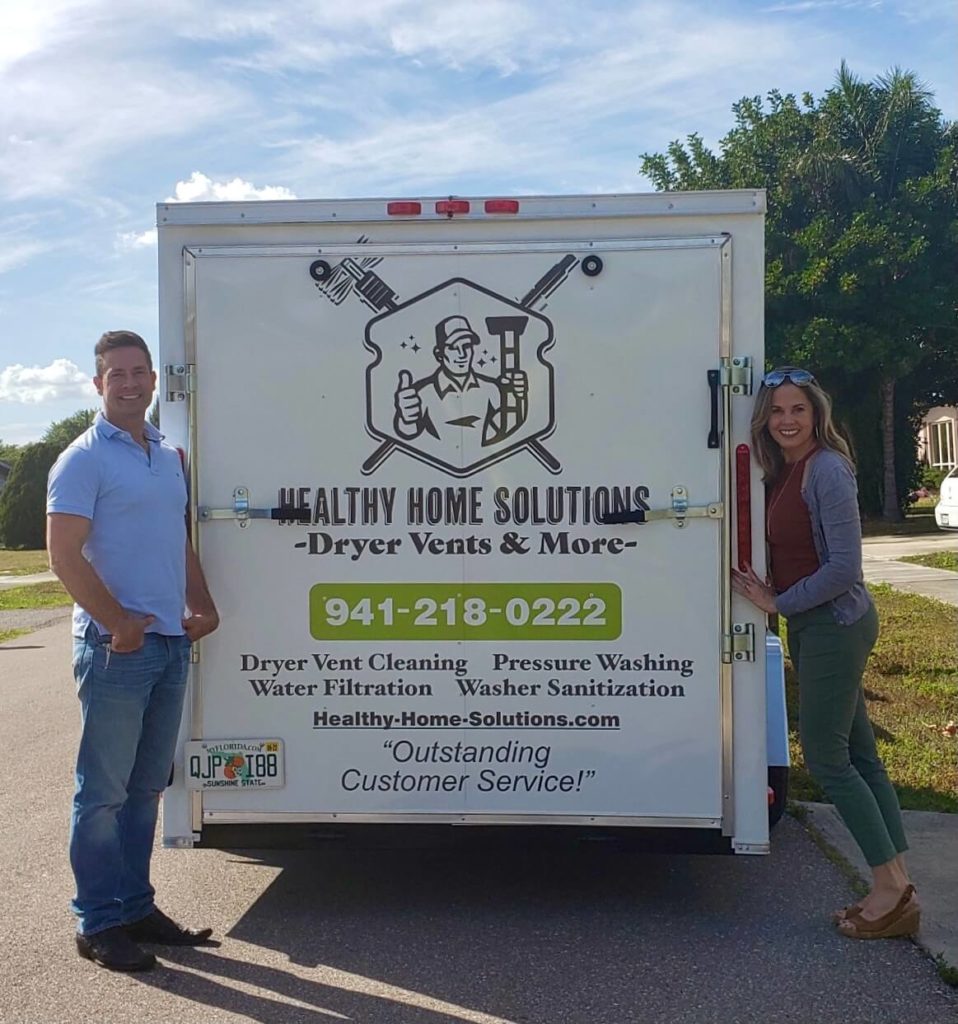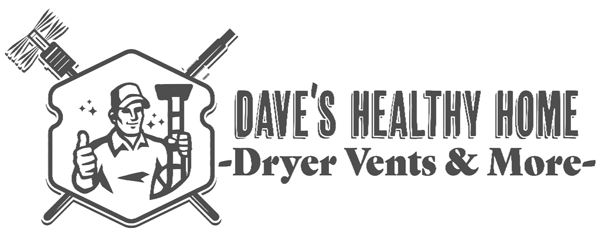Washing Machine Sanitization Facts & FAQ's
Dave's Healthy Home Solutions
941-218-0222
Washing machine smells are often due to bacteria, mold, spores & viruses
The wet damp area of the washer accumulates soap scum, which feeds and harbors dangerous bacteria including norovirus, salmonella, E Coli and coliform bacteria. In fact, the average pair of underwear carries about a tenth of a gram of feces. Studies show that coliform bacteria abounds in many washing machines.
Healthcare workers also have to take extra precautions to avoid dangerous laundry transmission due to inadequate decontamination at home.
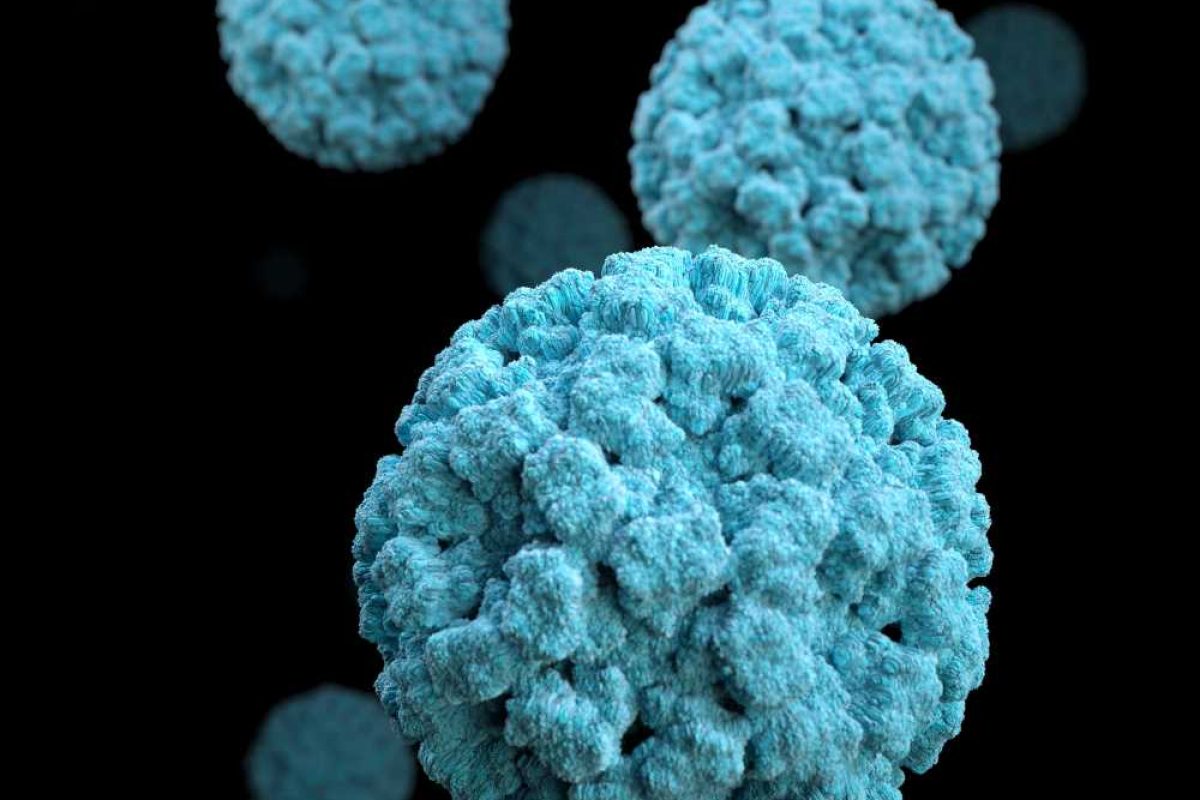
Why is washing machine sanitization important?
Essential for homes with compromised immune systems, diaper washing households & health care workers
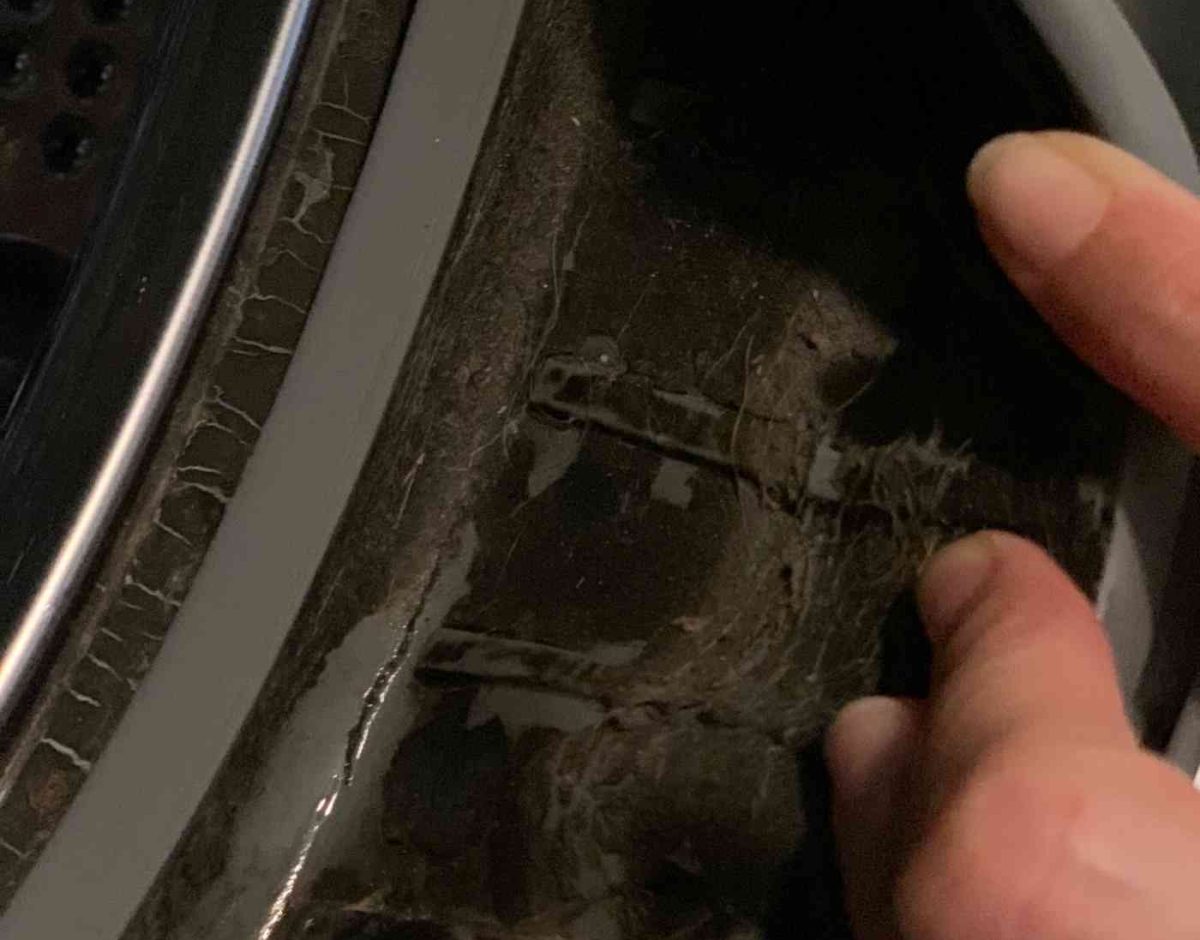
- Environmental microbiologist Charles Gerba warned that in a recent study he found 60% of washing machines had coliform bacteria.
- Using hot water and longer cycles for laundry as well as disinfecting cleaners can lessen this bacterial contamination. However in many cases, residential washing machines do not get hot enough for a long enough time to effectively deal with e coli, staph, mrsa, and salmonella. https://alsco.com/2018/11/08/study-shows- healthcare-workers-not-launder-scrubs-home/
- Biyearly Sanitization is recommended. However immunocompromised family members may need this service more regularly, to prevent unnecessary contamination
How do I know if my machine needs sanitizing?
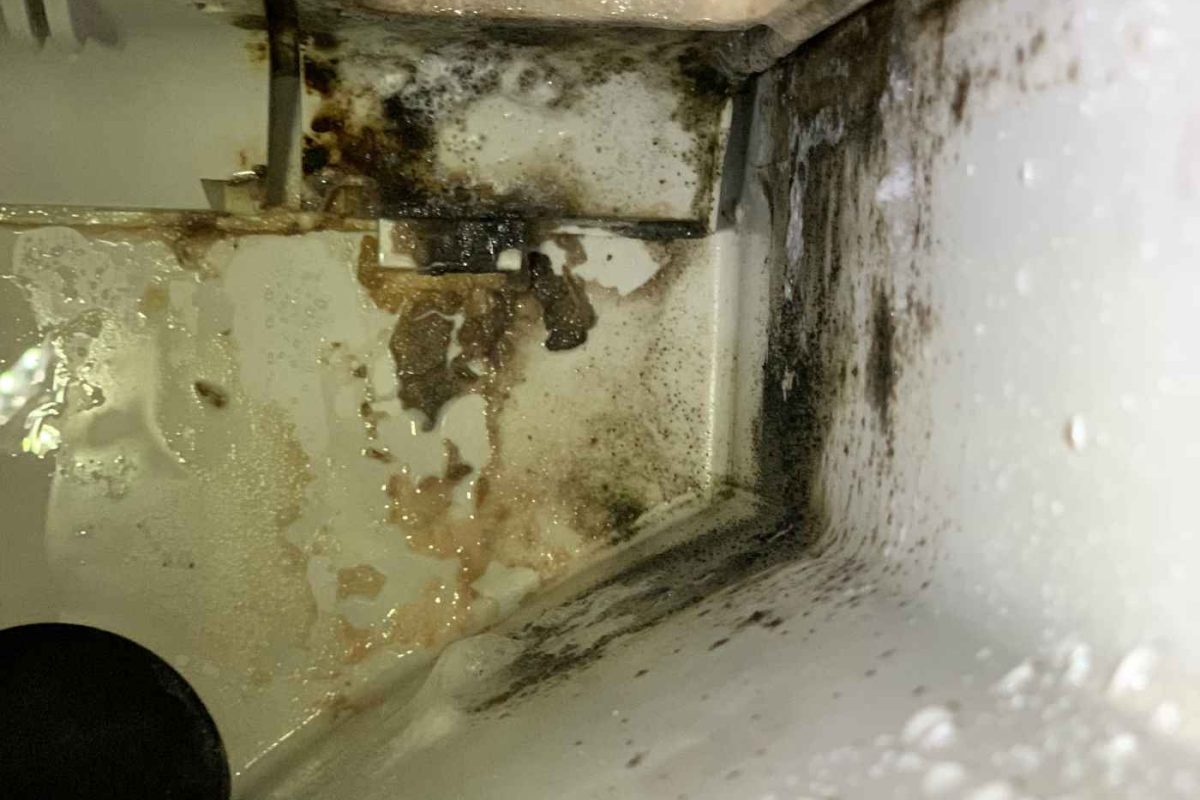
- The nose knows…At least many times it does. Does your washing machine or laundry have a lingering smell, such as eggs, sulfur, mildew or sewage?
- Visible mold build-up: Check the soap dispenser, rubber gasket, and drum. Mold in one area, means mold throughout
- Slick or slimy feeling drum or rubber gasket
- Diaper washing households are especially susceptible to bacteria in the washer
What if I just use bleach?
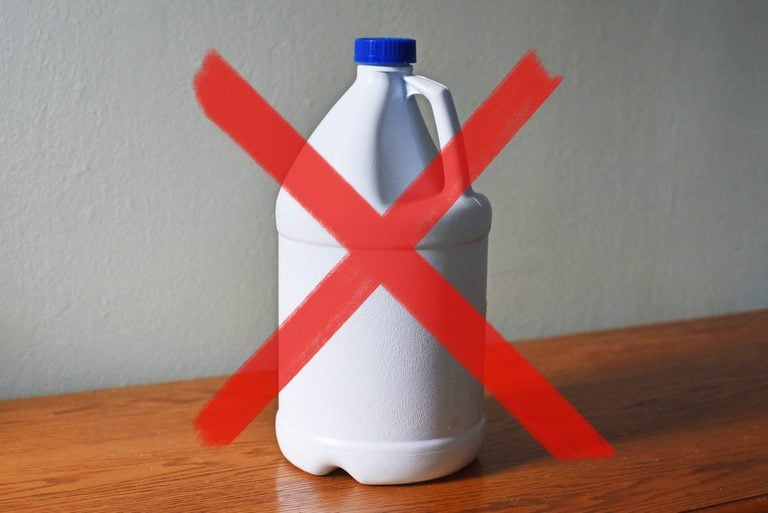
- Unfortunately, bleach can only kill mold above the surface. However on porous materials such as rubber gaskets the mold roots continue to grow underneath.
- Because the roots remain, mold continues to grow. And return even faster and stronger.
- Bleach is a harsh and toxic chemical.
- OSHA and the EPA have specifically advised against the use of bleach for mold remediation.
- Bleach itself is considered a toxic chemical and is classified the same as gasoline.
How can I prevent bacteria in the washer?
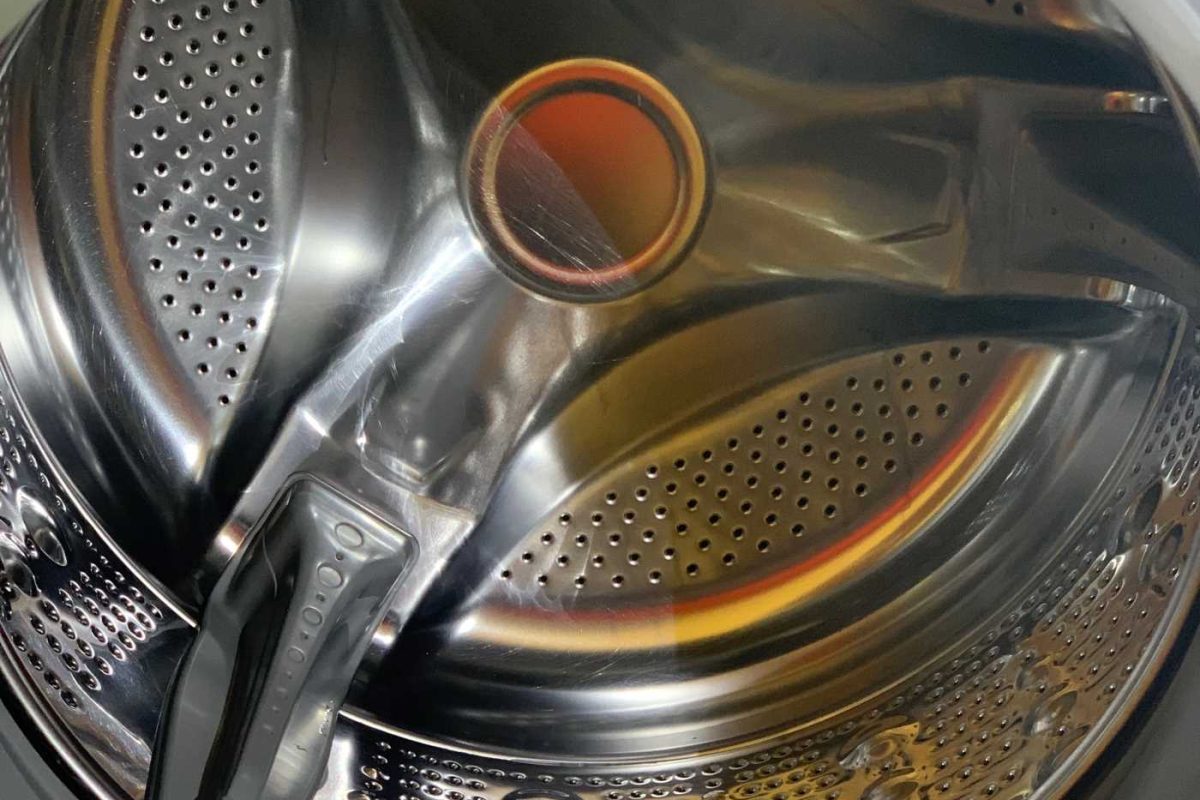
- When possible, wash with hot water
- Leave the washing machine door ajar between loads. This encourages moisture to dissipate.
- Remove wet clothes immediately
- Wipe down rubber gasket after each load
- Yearly Professional Washer Sanitization is recommended for all households. However immunocompromised family members may need this service more regularly, to prevent unnecessary contamination
What happens during a washing machine sanitization service?
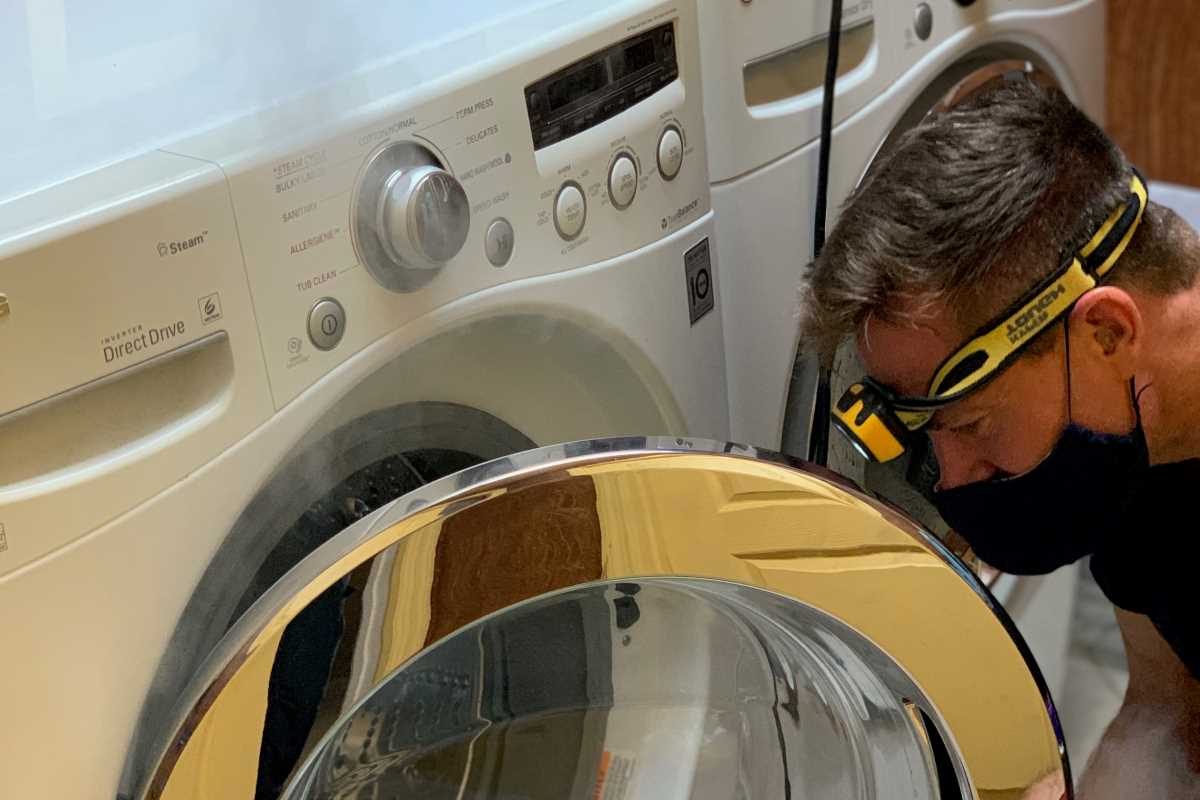
Healthy Home Solutions uses an exclusive 3 stage process:
- First we use manual debridement as well as high pressurized steam to remove stubborn grime, mildew, and soap scum from your machine’s drum, gasket & detergent dispenser areas.
- Then we utilize powerful but ecologically friendly processes to disinfect and sanitize your machine…removing up to 99% of bacteria, viruses, mold & spores.
- A final sanitizing finish leaves your washing machine sparkling clean and smelling fresh.
Why Choose Us?
Dave’s Healthy Homes Solutions is committed to being ecologically responsible!
We only use cleaners that are:
- Environmentally safe
- Pet safe
- Natural & effective
- Machine & family safe

We never use:
- Chlorine or ammonia
- Cancer-causing chemicals & ingredients
- Products that pollute water & sewer
- Products or aerosols which contribute to indoor air pollution
Why don't we use Chlorine?
Chlorine: Most people instantly think of bleach for cleaning & disinfection. However, chlorine is a harsh and even dangerous chemical without proper safety. It can be irritating to skin, eyes, and lungs. Chlorine can chemically react with other commonly household chemicals to create chlorine gas. Chlorine is harmful to the environment and animal life.
Chemicals found in common cleaners, but are never used by HHS:
- Ammonia
- Chlorine
- VOC’s (Volatile organic compounds)
- Petroleum solvents
- Butyl cellosolve
- Sodium laurel sulfate
- Phosphates
- Formaldehyde
- Glycol ethers
- Phthalates
- Perfumes
Latest Reviews
EXCELLENT
Get In Touch
Have a question? We’d love to hear from you! If you would rather not call, please fill out the information form.
Don’t worry! We will never sell or use your personal information outside of these communications.
